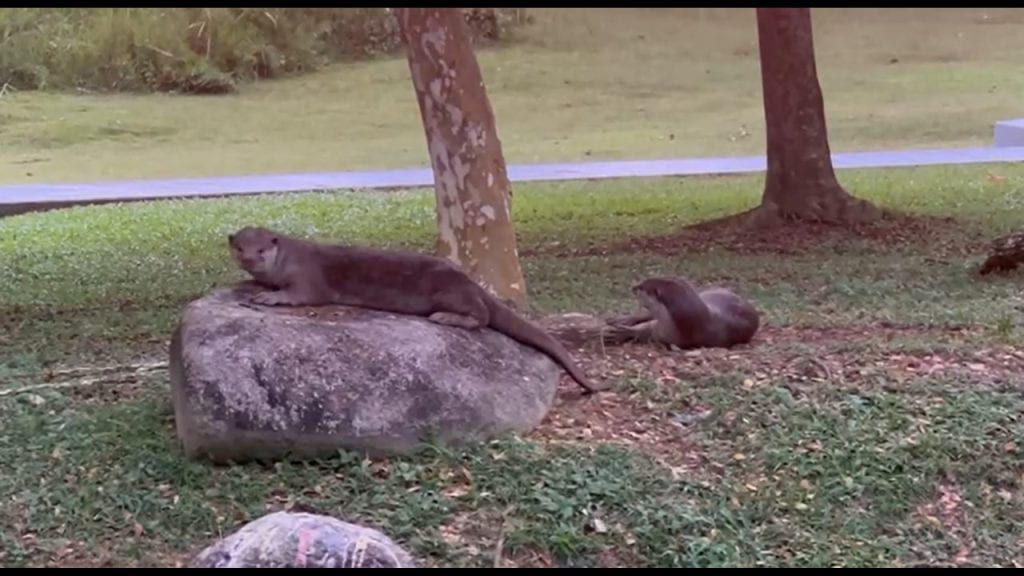
Fig. 1. Kallang River at Bishan-Ang Mo Kio Park. Photo taken by Kathryn Tang.
Can you believe that there used to be natural rivers and streams flowing through Singapore? Beautifully clear waters, riverbanks lined with lush flora, animals freely dwelling in their native habitat – a little hard to imagine in our modern city-state. Though we already enjoy many benefits from being a “City in Nature”, river ecosystems are something that, though originally part of our island, remain sights that average Singaporeans must travel to see – either in the Central Catchment Nature Reserve or by outside of Singapore.
What if rivers were something that we could enjoy right here at home? River ecosystems serve as sites for us relax, exercise, and appreciate natural beauty, just like our existing park connectors and gardens do. In addition, river ecosystems also serve as habitats for wildlife, helping us to create homes for endangered species in need of protection. Imagine if we could sit on a small boat, exploring Singapore through a network of connected river channels![1]

Fig. 2. Smooth-coated otters next to the naturalised section of Kallang River at Bishan-Ang Mo Kio Park. Photo taken by Dr. Gretchen Coffman.
From 1977 – 1987, all our rivers and streams in Singapore were converted into canals, in order to get rainwater out of the mainland and into the sea as quickly as possible so as to prevent flooding. However, in recent years, Singapore has adjusted its approach towards naturalisation, which involves the conversion of those canals back into natural waterways and at the same time reducing flood risk. In 2006, PUB began the Active, Beautiful and Clean (ABC) Waters Programme, to integrate existing waterways with the surrounding environment and benefit the adjacent communities. [2] I visited a reach of the Kallang River with my NUS GE3255 Aquatic Ecosystems module to exlore how it has been naturalized and meandering as it flows through Bishan-Ang Mo Kio Park. This has become a habitat for animals such as the Common Scarlet dragonfly,[3] otters, and a greater diversity of fish species.

Fig. 3. Kallang River at Bishan-Ang Mo Kio Park adjacent to HDB flats. Photo taken by Denise Mcintyre.
However, in Singapore, nature and the city do not exist in separate areas, but often side by side. Therefore, careful thought must be put into restoration processes to ensure that the naturalised river does not break through the riverbanks and cause flooding, erosion, or landslides in the adjacent areas. For example, the naturalised section of the Kallang River is flanked by floodplains, which are wide stretches of land that are able to contain large amounts of rainwater to protect the adjacent areas from flooding. Its construction also involved soil bioengineering techniques, which combines engineering principles with natural materials.[4, see page 100] For example, gabions are rock-filled wire cages lined along the riverbanks to protect structures like pedestrian bridges and prevent erosion.[5, see page 103][6].
Seeing this beautiful yet functional landscape makes me excited for the ABC Programme’s continued naturalisation of our concrete canals into beautiful rivers and streams throughout Singapore! Then we can truly be a City in Nature and a model for the rest of the region and the world!
Written by: Kathryn Tang Tse Yuen
References:
[1] http://www.primaryhomeworkhelp.co.uk/rivers/importance.html#:~:text=Rivers%20carry%20water%20and%20nutrients,of%20the%20earth’s%20land%20surface.&text=Rivers%20provide%20excellent%20habitat%20and%20food%20for%20many%20of%20the%20earth’s%20organisms
[2] https://www.pub.gov.sg/abcwaters/about
[3] https://www.pub.gov.sg/abcwaters/explore/bishanangmokiopark
[4] https://www.nparks.gov.sg/-/media/cuge/ebook/citygreen/cg5/cg5_09.ashx page 100
[5] https://www.nparks.gov.sg/-/media/cuge/ebook/citygreen/cg5/cg5_09.ashx page 103
https://www.bca.gov.sg/data/ImgCont/BuildingAuditChecklist/Bishan-AngMoKio.pdf
Leave a Reply